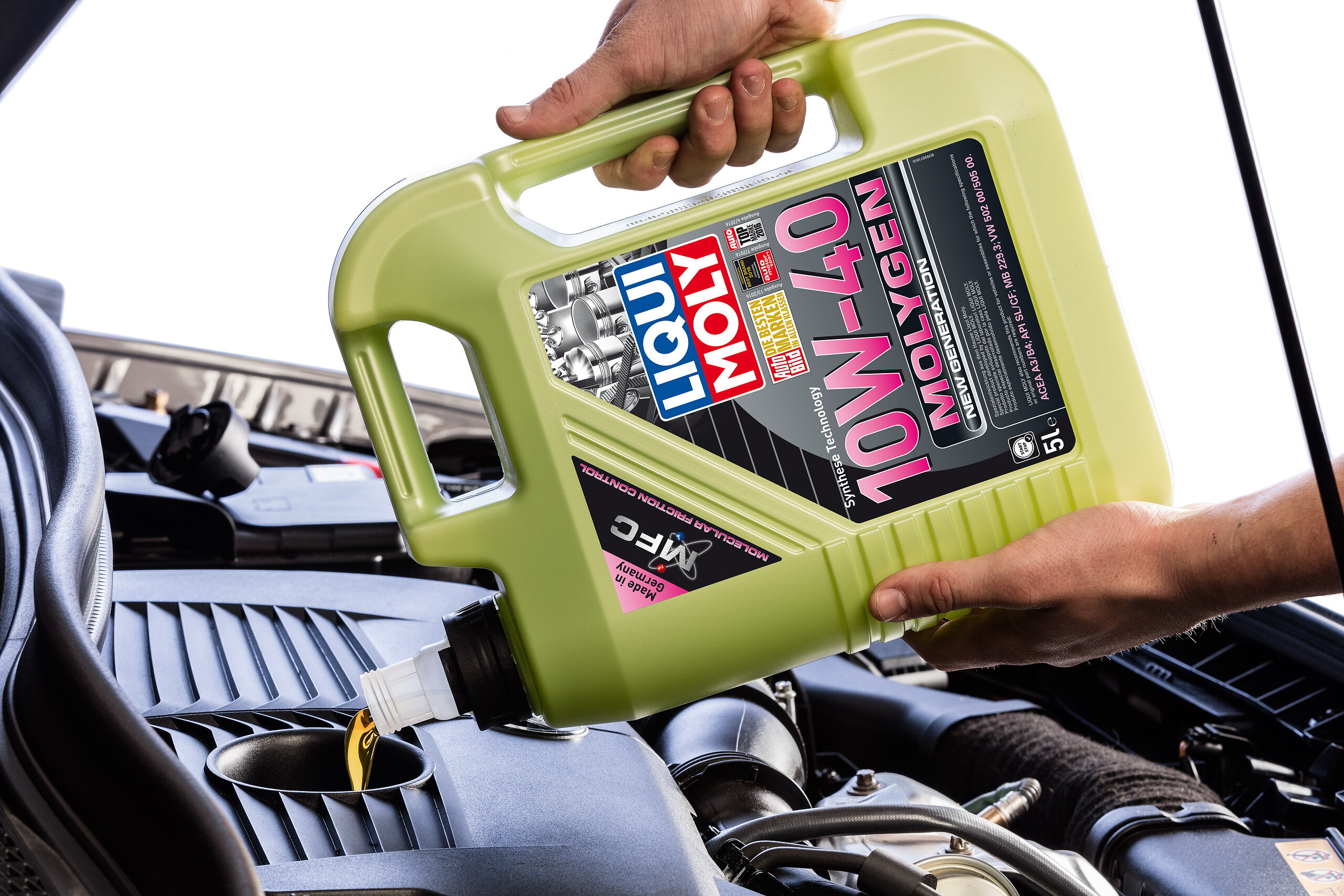14/08/2024
Issue 001

Feast your eyes on this stunning Nissan Silvia S15. It’s a head-turner, isn’t it? Those sleek wheels, the mesmerizing midnight blue/purple paint—this car is the epitome of style. But here’s where many car enthusiasts get it wrong: just because a car looks immaculate on the outside doesn’t mean it’s in top shape under the hood. Far too often, the engine and internal components get overlooked, leading to costly repairs and a car that lacks the performance to match its looks. Cha-ching! So, what can you do to ensure your car’s heart is as healthy as its exterior? In this bulletin, we’ll explore the crucial steps to keep your vehicle’s internal parts in prime condition, making your ride not just beautiful, but truly exceptional. Here are the things within our car that we can take care of:
1. Engine Oil Service
2. Spark Plugs
3. Air Filter
4. Throttle Body
5. Fluids: Brake, Gear, Power Steering, Coolant
6. Battery
ENGINE OIL SERVICE



During an engine oil service, several key steps are taken to ensure your engine remains in top condition. First, an engine flush is performed, where the engine runs for 10-15 minutes—it’s important not to drive the vehicle during this time. After the flush, the old engine oil is drained, and the oil filter is replaced. Fresh engine oil is then added according to the specifications in your vehicle’s manual. If you’re unsure of the correct oil grade or capacity, it’s best to seek assistance. Once the new oil is filled, the engine is run for 5 minutes to check the oil level, topping up as needed without overfilling.
To keep your engine running smoothly, it’s essential to service your engine on time. If you use;
1. Mineral Oil, be sure to change it every 5,000km.
2. Semi-Synthetic, 7,000km is the recommended interval
3. Fully Synthetic oil can go up to 10,000km before needing a change.
Neglecting timely service can lead to oil sludge buildup, which can severely impact engine performance and longevity.
SPARK PLUGS

There are two types of spark plugs. Standard Spark Plugs and Iridium Spark Plugs. The key difference between Standard Spark Plugs and Iridium Spark Plugs lies in their lifespan and efficiency, with Iridium plugs lasting longer and delivering more precise ignition than standard ones.
Within the category of Iridium Spark Plugs, there are two types:
1. Standard Iridium Spark Plugs
2. Long Lifespan Iridium Spark Plugs
The difference? Standard Iridium plugs last up to 20,000km, while Long Lifespan Iridium plugs can endure up to 100,000km. It’s best to replace your spark plugs during your regular engine oil service to easily track the mileage and maintain your engine’s performance.



Single-tip Iridium spark plugs are known for their durability and efficient ignition, thanks to the high-quality Iridium material. However, Twin-tip Iridium spark plugs take performance a step further by featuring two electrodes. This dual-tip design offers an even more reliable spark, leading to better combustion, improved engine efficiency, and potentially longer lifespan compared to Single-tip Iridium plugs.
That’s all for today’s issue. Follow us for upcoming issue next week where we will talk about Air Filter and Throttle Body.
Signing Off – Elaine
To be continued : Issue 002





